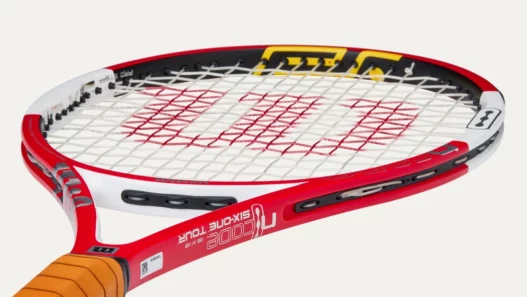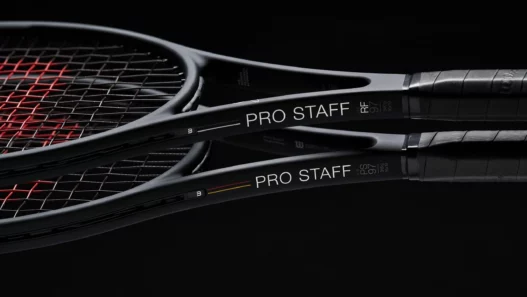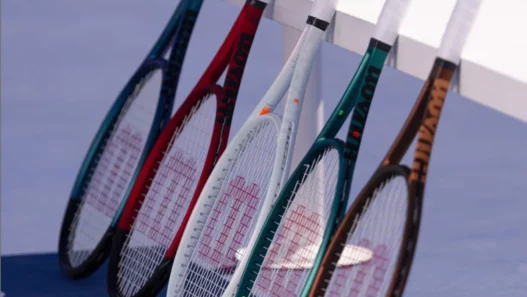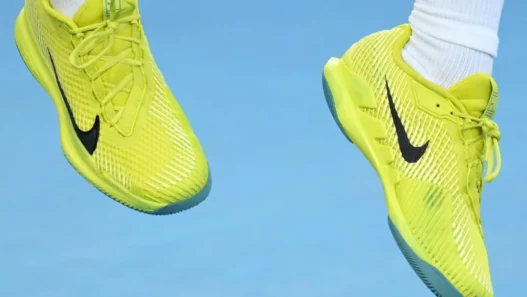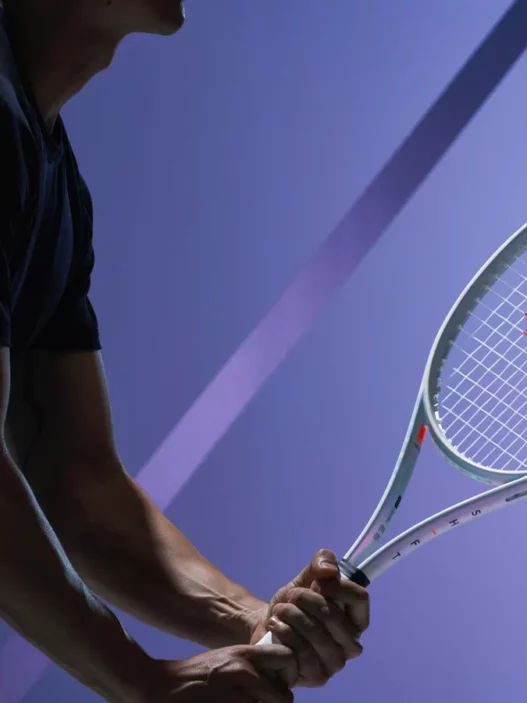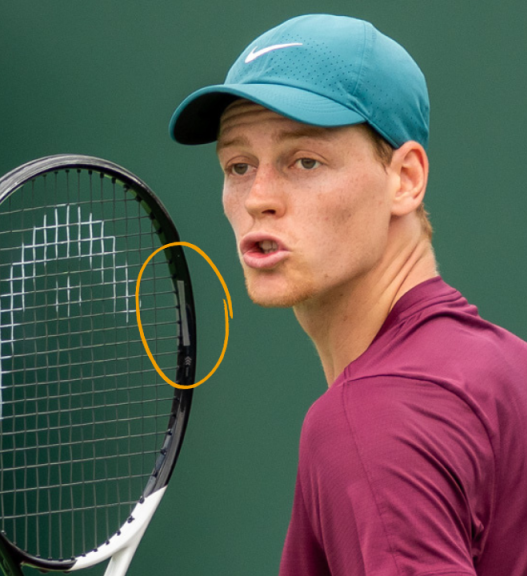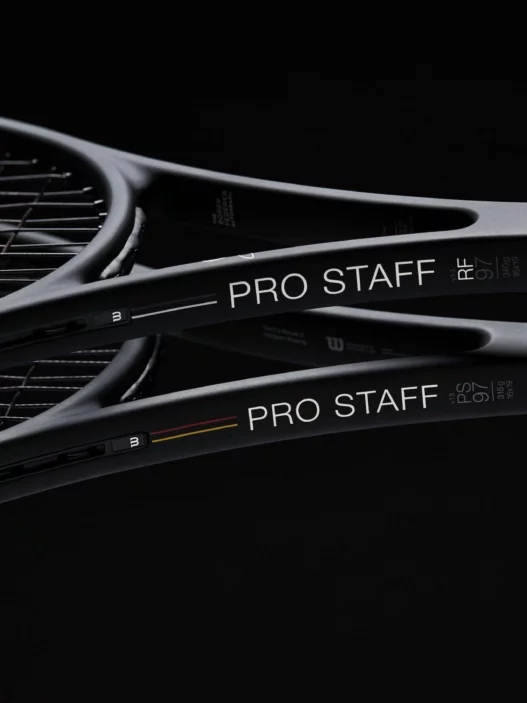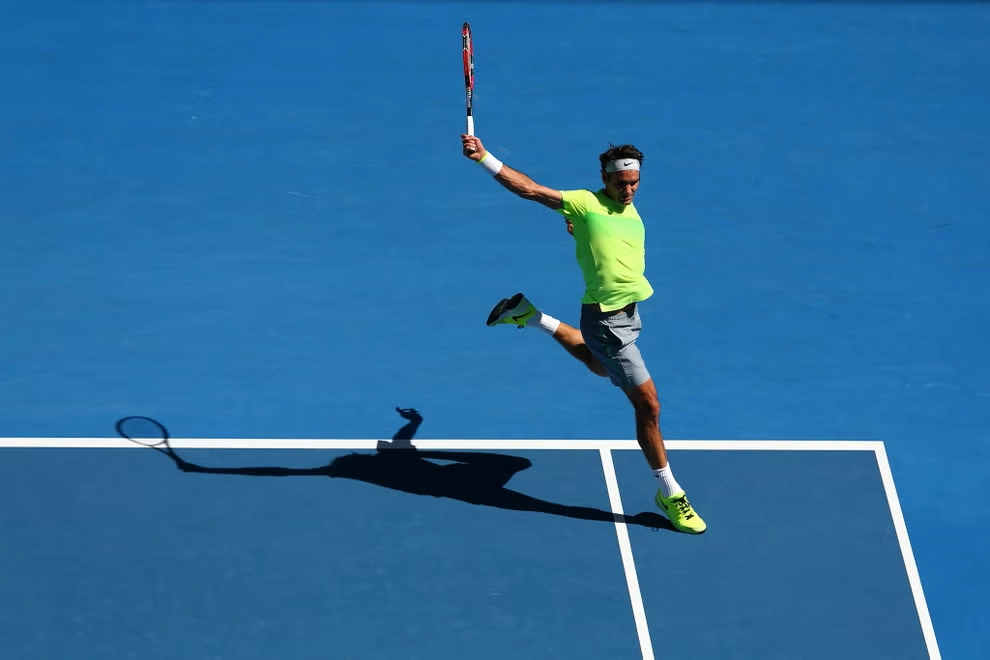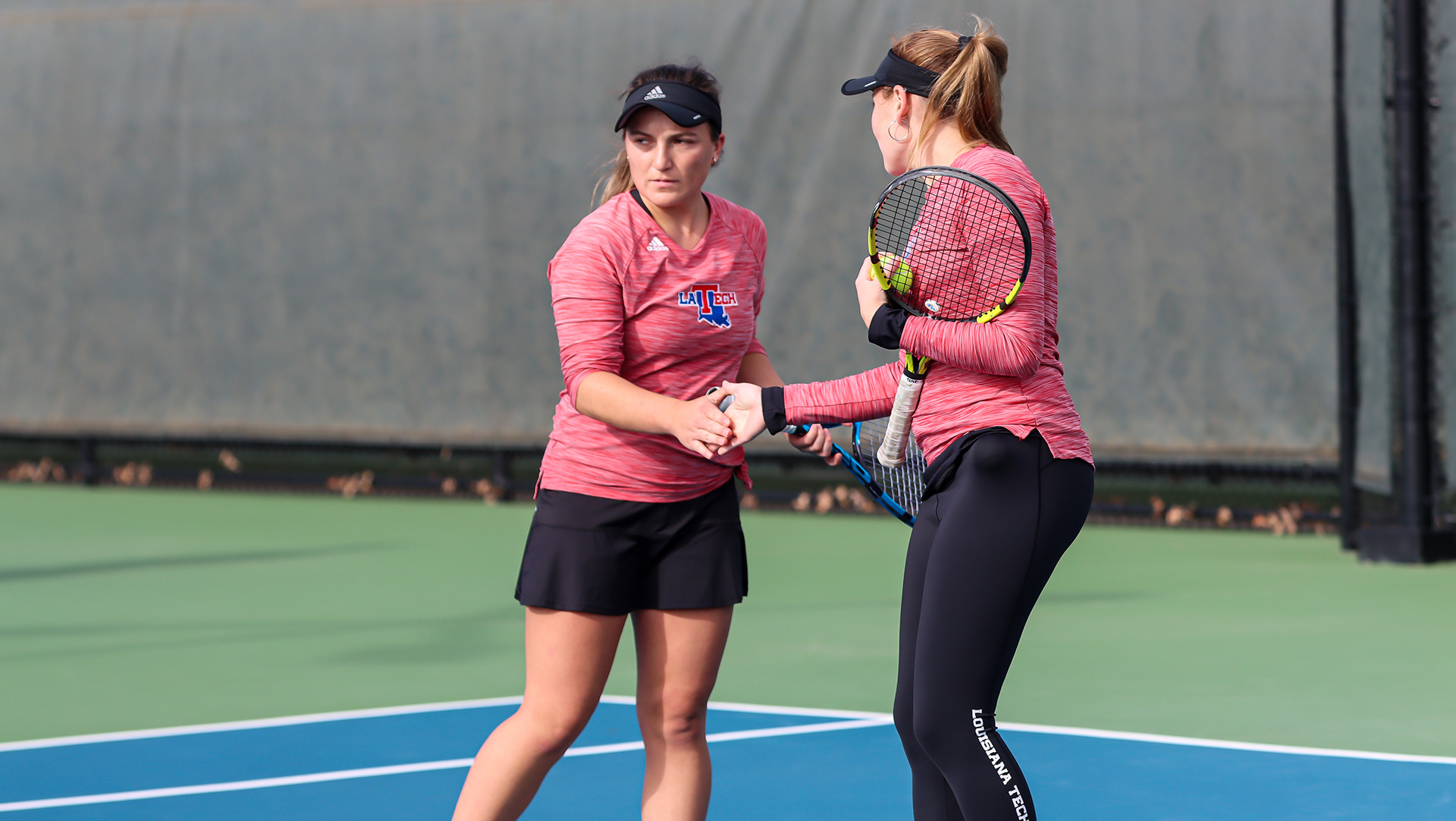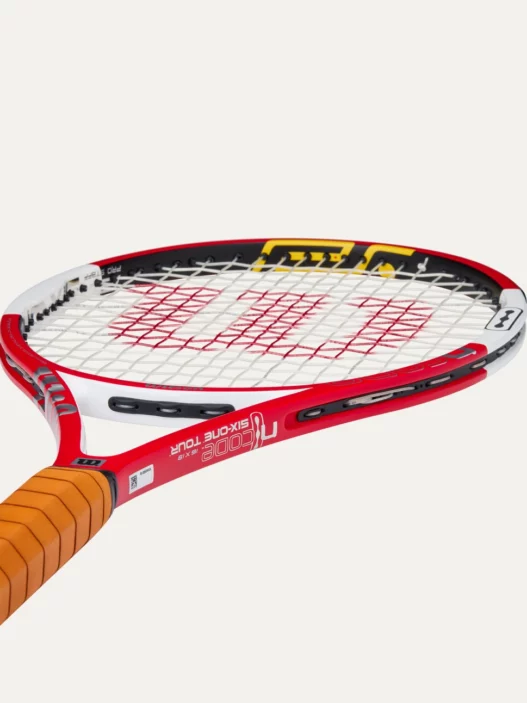Welcome to our comprehensive guide to mastering the thrilling sport of tennis. Whether you’re an aspiring player hoping to serve up a storm, a seasoned veteran looking to sharpen your skills, or a casual enthusiast keen to understand the game better, you’re in the right place. The purpose of this guide is to equip you with the knowledge, techniques, strategies, and mindset to elevate your game and, most importantly, enjoy every moment on the court.
- Understanding basic rules and scoring
- Selecting the perfect equipment
- Mastering diverse shots such as the serve, forehand, and backhand
- Developing effective strategies for volleys, overheads, and baseline play
- Boosting speed, agility, and overall fitness
- Honing a tough mentality for the psychological challenges of the game
Tennis isn’t just a physical game, it’s a mental game. You have to be strong both physically and mentally. Your mindset should be just as powerful as your serve. Remember, anyone can learn the strokes, but cultivating mental toughness makes a champion.
Understanding the Basics: Tennis Rules and Scoring
Let’s lay the groundwork, shall we? Tennis, like any game, comes with a set of rules and guidelines that define its flow. These established rules might seem complex at first, but trust me, they’re not as daunting as they seem. You’ll get used to them quickly. Essentially, the aim of the game is to keep the bright yellow ball in play within the designated court boundaries, while making it challenging for the opponent to return it effectively. This requires a blend of precision, power, and tactical acumen.
Scoring in tennis stands unique and might make you raise an eyebrow initially. It goes from 15, then jumps to 30, and then strangely to 40 rather than the expected 45. Once it’s tied at 40 each, it’s known as deuce. The player who scores the first point after deuce takes the advantage, and if the same player scores again, they win the game. A set comprises several games, and to win a match—let’s just say you’re going to be playing a good number of these sets! Understanding this scoring system places you at a good start and preps you to keep track of your progress during play.
What’s next, you ask? Well, before we dive into the advanced techniques, let’s ensure we have the right equipment. Stay with me as we explore how to choose the right racquet, the ideal tennis balls, and more.
Choosing the Right Equipment: Racquets, Balls, and More
Now that we’ve set our gaze on improving our tennis skills, it’s crucial to remind ourselves that the journey often starts with picking the right equipment. The gear you choose can make a considerable impact on your performance and learning curve, hence, it demands careful attention.
Your racket should feel comfortable in your hand. It should neither be too heavy that it strains your arm, nor too light that you can’t feel the ball’s impact. Beginner level players could opt for rackets that are light and have an oversized head as they provide a larger hitting area and are fairly forgiving on off-center hits. As for seasoned players seeking to enhance their game, a racket with a smaller head and heavier frame could prove beneficial, offering better control and precision.
Next up, the ball. While it might seem like just a round object, there is an art to picking the right tennis ball. Select balls that are pressurized for increased bounce, speed, and a better response off the racket. These are perfect for matches, but do bear in mind that they lose their bounce over time. On the other hand, pressure-less balls are great for practice as they maintain their bounce longer.
Further, your shoes and clothing also matter. Opt for tennis shoes that provide good ankle support, cushioning, and a non-skid sole for moving around the court effortlessly. As for clothing, choosing moisture-wicking materials can keep you comfortable and dry, allowing you to focus better on your game.
Last but not least, do not overlook the importance of choosing quality strings for your racket and having them tensioned to your playing standard. It’s a good practice to experiment regularly to find your ideal string and tension. Remember, the right tool in your hand is an asset, not a distraction.
With the right equipment serving as your faithful companion, your zest to master the tennis game now has a sturdy foundation. Forge onward from here, confident in your gear and eager to hone your skills!
Mastering the Serve: Techniques for Power and Precision
Skills in tennis don’t come overnight. They are refined over time through hard work, dedication, and focused practice. Let’s delve deeper into some techniques and drills that will dial up your serving game.
High-quality serving begins with proper positioning. Position yourself at about a 45-degree angle relative to the baseline, initially having your dominant foot parallel to it. This stance facilitates the coiling and uncoiling motion of your body, providing power behind the serve.
Next, pay attention to your ball toss. Aim to release the ball when your arm is fully extended upwards. The perfect toss is that which makes the ball peak at a height slightly above where your racket will connect, letting gravity work its magic when you serve. Consistent practice is crucial for developing an effective and reproducible ball toss.
Now, the moment of truth – the serve itself. Remember that the most effective serves aren’t merely about brute force; they combine strength with placement and spin. You should aim to hit the ball at the highest point of your reach, driving it forward with your racket head.
A great way to improve your serve is through specific drills. The ‘Bouncing Ball Drill’ can enhance your ball control, while the ‘Crosscourt Drill’ can significantly boost your accuracy. The former involves bouncing a ball as high as you can, then trying to serve it from there. The latter consists of serving the ball diagonally from one side of the court to the other.
Finally, like a good commander, learn to mix up your strategies. Don’t use the same kind of serve every time. Keep your opponent guessing whether you’re going for power or placement, topspin or slice. This element of surprise can often give you an edge in competitive matches.
Remember, the key to mastering your tennis serve lies in persistence and practice. So, get out there and keep swinging!
Perfecting Your Forehand: Tips for Control and Consistency
The key to a successful forehand isn’t just in the power – it’s about precision and control as well. It’s like being an artist painting with your racket; every stroke, every movement must be deliberate and purposeful. To achieve such mastery, there are proven drills and exercises that can help. Let’s explore these further.
Swinging Forehand Drill: This drill focuses on control and fluidity of your forehand stroke. Start by setting up a cone or target on the other side of the net. Now, with a partner feeding you balls, practice swinging your racket with a fluid, continuous motion, trying to hit the target. Remember, balance is key. Make sure your stance is wide and knees slightly bent for optimum balance.
Figure 8 with Inside and Out Forehand Drill: Enhancing your follow-through can significantly improve the control and consistency of your forehand. The Figure 8 drill is an excellent way to achieve this. Your goal here is to pretend you are drawing a figure 8 with your racket, moving it in an inside-out, then outside-in motion. This helps you practice proper wrist movement and follow-through, crucial for a more controlled forehand.
Aside control, hand-eye coordination is a cornerstone in nailing the forehand. One excellent drill to boost your hand-eye coordination is The Bouncing Ball Drill. To execute this drill, take a ball and continuously bounce it on your racket while moving around the court. This keeps your eyes and hands busy, enhancing their synchronisation, which ultimately reflects on your forehand power and accuracy.
Finally, don’t forget to practice, persist, and remain patient. Improvement takes time, but with the right approach, your forehand can transform from novice to pro. Happy training!
Backhand Brilliance: Developing a Strong and Accurate Backhand
Turning your backhand into a tennis weapon truly requires patience, focus, and a whole lot of practice. But don’t worry, because we’ve got some tried-and-tested drills that’ll help you get there.
Try practicing the swinging forehand drill frequently. This drill not only steadies your stroke but also boosts your consistency and control. Just remember to maintain a firm wrist while delivering the stroke and steer clear of any excessive wrist action. A controlled stroke leads to a more predictable ball trajectory, greatly enhancing your backhand accuracy.
Next, bring the figure 8 with ‘inside and out’ forehand drill into the mix. This drill is all about footwork and positioning – two key elements for a reliable backhand. Focus on familiarizing yourself with the different footwork patterns involved in tennis and strive to achieve a balanced position before striking the ball. This’ll ensure that your body is in the optimum state, allowing for a powerful and precise backhand.
Hand-eye coordination is another significant factor in delivering a successful backhand. This goes hand in hand with the ball control drill. Try bouncing the ball off your racquet repeatedly, gradually increasing the height and speed. This will promote better hand-eye coordination, eventually enhancing the accuracy of your backhand.
Never underestimate the power of games and fun activities during practice. ‘Simon Says’, though it sounds playful, can be a very effective drill for improving reaction times and stroke techniques. Follow the instructions of ‘Simon’ and perform the corresponding strokes. This will help you react quickly and with precision in actual match scenarios.
Now, while it’s crucial to concentrate on technical learning and drills, don’t forget to observe and learn from professionals. Their expertise and maneuvers can shine a light on new tactics and strategies to improve your backhand game.
Net Play Nuances: Strategies for Effective Volleys and Overheads
Excelling in net play necessitates fine dexterity and acute understanding of timing. The dual ability to read an opponent’s move and react quickly transforms a good player into a net play master. With the right practice and camps dedicated to tennis, your overhead smash and volley could be the winning cards in your next match.
When it comes to volleys, the trick lies in mastering the art of anticipation. Observing your opponent’s body language and racket positioning could provide clues about their next shot. A volley needs a softer touch than a regular groundstroke. Hence, instead of applying power, focus on your timing and aim.
Let’s take a moment to discuss overhead smashes. Regarded as tennis’s put-away shot, the overhead smash requires both power and accuracy. Facing towards the net, your racket should swing from behind your head, mirroring the service motion. Strengthening your triceps will bring more power to your overhead shots.
A great drill to enhance your net play is the ‘serve and volley’ style. This drill involves serving and rushing to the net, anticipating a return volley from your opponent. It focuses on honing your agility, control, and spontaneity, all vital aspects for net play.
The ‘figure 8 with inside and out forehand drill’ can also aid in refining your volleying skills. This drill focuses on improving hand-eye coordination, agility, and precision. Here, two players constantly exchange volleys, moving in a figure-eight pattern, enhancing their dynamism and reflexes.
Remember, consistent practice is the key to conquer the net. So, explore these drills and incorporate them into your regular sorties on the tennis court. You’ll soon see an upward surge in your net play proficiency, bringing you inches closer to becoming an all-round tennis player.
Gaining Ground: Tactics for Effective Baseline Play
Building upon your basic skills, let’s delve more into strategic baseline play. Often referred to as the ‘battle line’ in tennis, the baseline is the foundation of a player’s offensive and defensive game plan. To get better at tennis, understanding baseline fundamentals is essential.
Imagine a game where you not only keep your opponent running around, but you’re also precisely placing them to make errors. Remember, tennis is as much a mental game as it is physical. Keeping your opponent guessing is always a good plan.
But, don’t forget to consider the surface you’re playing on as different surfaces can drastically change the ball’s bounce. Also, use deadball drills to practice hitting perfect shots from the baseline consistently irrespective of ball bounce.
Coupling these strategies with frequent practice will help you gain ground in your tennis matches. Remember, becoming a well-rounded player requires patience and dedication. But the rewards – the excitement of outpacing your opponents, the sound of a perfect shot, or the thrill of a well-executed strategy – are worth the effort.
Fast Feet: Enhancing Agility and Speed on the Court
Just as a dancer glides across the stage, a successful tennis player needs to be agile and quick. But how can you train to improve your on-court velocity and flexibility? Here’s where specific tennis drills come into play. They provide the foundation of fluid movement, enabling you to build speed and a sense of rhythm on the court. Implementing them into your routine can facilitate your performance and overall game.
The ‘Bouncing Ball Drill’ is one way to enhance your agility on the court. This drill focuses on improving ball control and requires consistent, fast-paced movements. Here’s how it works: bounce the ball on the court, striking it on the rise, and repeat. This action develops a rhythm, training your reflexes to react quickly and accurately to the ball. Keep practicing this drill and you will surely notice a marked improvement in your command over the ball.
A key drill to work on for accuracy is the ‘Crosscourt Drill’. This drill primarily focuses on consistency and precision, both essential for establishing control on the court. To execute it, aim your strokes at the opposing player’s crosscourt, forcing them to respond from a difficult angle. Over time, this tactic will amplify your accuracy and shot placement, making you a formidable player during matches.
Another engaging and effective drill to enhance agility is ‘Simon Says’. Though it may sound childish, this classic game provides a fun yet challenging platform to improve your tennis skills. The leader commands the rest of the players to execute specific movements or strokes. Players who fail to execute these commands are ‘out,’ thus fostering a sense of competition, improving reactivity, and refining stroke techniques.
Remember, hand-eye coordination is key to your success in tennis. It influences your timing, precision, and overall performance. Therefore, drills that work on this aspect, like Deadball drills, are crucial. These involve hitting balls that are not in play to certain areas of the court, fine-tuning your accuracy while training your eyes to focus on the ball.
By integrating these drills in your routine, you not only become agile and quicker on the court but also skyrocket your performance level. So gear up and start drilling—your tennis game will thank you for it!
Staying Fit for Tennis: The Importance of Physical Conditioning
Tennis is physically demanding. It requires agility, speed, endurance, and strength, all requiring you to be in superior physical condition. If you’re not up to par in any of these departments, you’ll soon feel it on the court. So, let’s take a closer look at why physical conditioning is so important in tennis, and how you can maintain and enhance yours.
Every time you explode into a sprint to reach a shot, serve the ball with power, or engage in a lengthy rally, you’re tapping into your physical reserves. If these reserves aren’t deep enough, your gameplay will suffer – you’ll become slower, weaker, and your shots will lose their oomph.
Physical conditioning also plays a crucial role in injury prevention. Tennis can be tough on your body, and if you’re not conditioned, you’re more likely to sustain injuries, particularly in your knees and elbows. However, with proper conditioning, such injuries are less frequent and less severe.
Training for physical conditioning in tennis is multi-faceted. A good program will address aerobic fitness, strength, flexibility, agility, and more. So how can you put such a program into practice?
Begin with aerobic exercises such as running or cycling to build your endurance, effectively ensuring you maintain a high level of tennis play, even in long matches. Complement this with strength training that targets muscles used in tennis, particularly your arms, shoulders, and legs. Not only will this help you hit harder and more powerful shots, but it will also fortify these muscle groups against injury.
Agility drills can help you swiftly switch directions on the court, crucial for reaching tough shots without losing balance or control. Incorporate movements like ladder drills, zig-zags, or shuttle runs into your routine for this purpose. Equally important is flexibility, for smooth, full-range movements. Regular stretching, yoga, or Pilates can assist here.
Finally, remember physical conditioning isn’t achieved overnight. Just like honing your tennis skills, it requires commitment, consistency, and time. But with diligence, you’ll soon notice the benefits manifesting on the court. You’ll feel stronger, quicker, and be able to maintain a high level of play for longer – all critical elements in being a formidable tennis player.
Mastering Mental Toughness: The Psychological Aspect of Tennis
Like physical skills, mental toughness is a crucial component in the game of tennis. Indeed, it can make the difference between a good player and a great one. It’s the ability to stay focused under pressure, to cope with tension, and to overcome setbacks. But how do we develop mental toughness on the tennis court?
To begin with, try to cultivate a positive attitude. Accept that ups and downs are part of the game and setbacks are opportunities to learn. Don’t get frustrated with mistakes; instead, analyze them, and figure out how you can improve. Remember, a game isn’t lost until the last point is played.
Visualization is another powerful tool you can use. Before a match or in between points, close your eyes, and visualize successful shots and movements. This will not only build your confidence but also prepare your mind and body for the action to come.
On top of that, manage your emotions. Tennis can be a roller coaster ride of emotions. Learn to quickly move on after a bad shot or lost point. Letting your emotions take over can negatively impact your performance. Stay composed, stay in control.
Lastly, remember the importance of concentration. A brief lapse in concentration can cost you a point, a game, or even a match. Practice mindfulness, which can help you to stay focused on the present moment. Whether you’re serving, returning, or volleying, be fully present in that moment, giving it your undivided attention.
Incorporating these mental drills into your training routine will strengthen your psychological resilience, allowing you to handle the pressures and challenges of competitive tennis. Just like your forehand or serve, mental toughness is a skill that can be developed over time. Patience and persistence are key!




